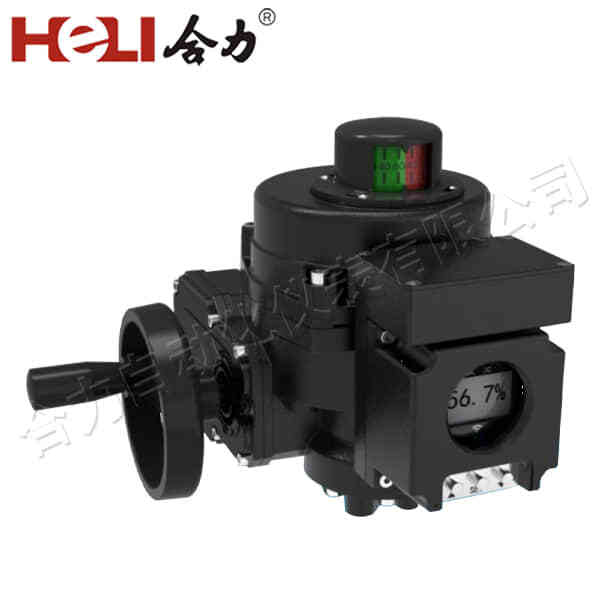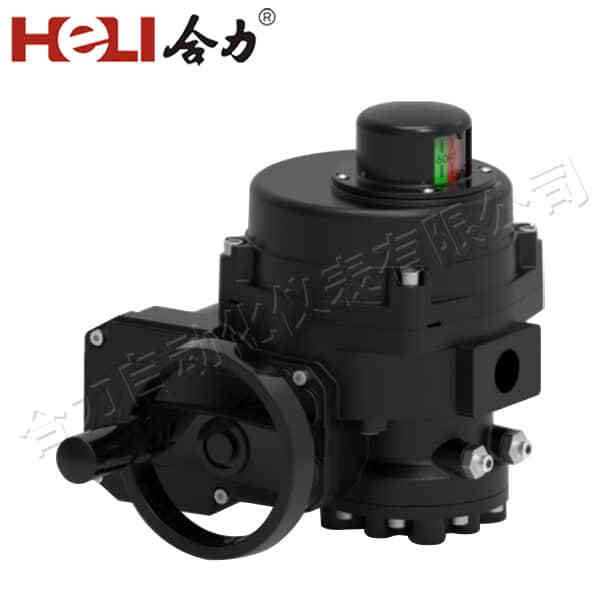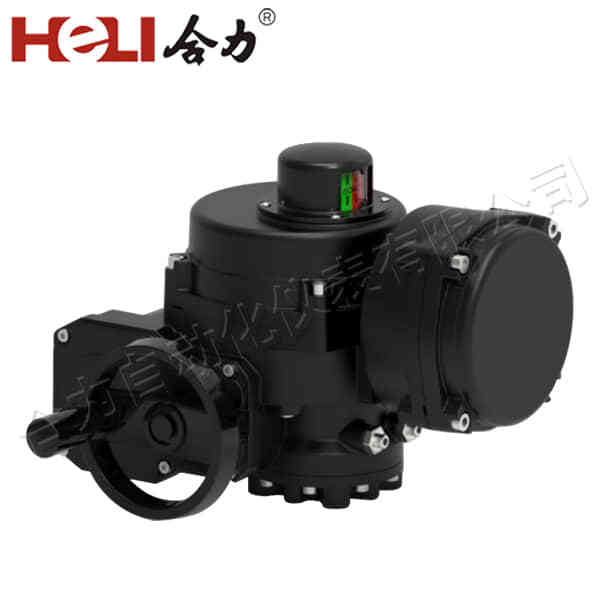Electric actuators are integral components in many modern automated systems, used to convert electrical energy into mechanical motion. They are widely used in various industries, from manufacturing to automotive, HVAC, and aerospace. With advancements in technology, electric actuators have become more precise, efficient, and versatile, allowing for enhanced performance in automation applications. In this article, we will explore the concept of electric actuators, their types, working principles, advantages, and applications.

What is an Electric Actuator?

An electric actuator is a device that converts electrical energy into mechanical motion. It is typically used to control the movement of a mechanical component, such as a valve, a door, or a robotic arm. Electric actuators are essential in many industries where automation and precision are required. Unlike manual actuators that need human intervention, electric actuators are capable of providing high precision and remote control, making them ideal for automated and robotic systems. Types of Electric Actuators Electric actuators come in various forms depending on the type of motion they produce, the application, and the complexity of the task. The two most common types are linear and rotary actuators.
